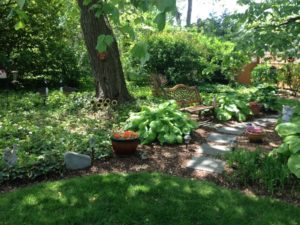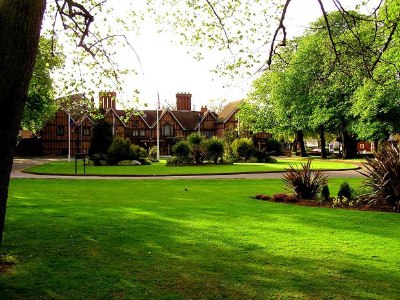 |  |
Trees and shrubs are essential elements in your landscape. They add texture and color and establish focal points. They are an investment and keeping them healthy can save you from having to make costly replacements.
Your trees and shrubs are subject to a variety of obstacles throughout the year. From invasive pests and disease to severe weather changes and conditions. By monitoring for insects and disease, actions can take place to help prevent problems from major issues. To help plants thrive, you need to increase the soil profile that your shrubs are planted in. You do this by adding the right amount of nutrients at the proper time during the season so as to boost your soils biology. Healthy soil will produce healthier plants, which stand a better chance to ward off problems than plants that are stressed.
Shrub care programs are created to fit your landscapes specific needs. If you have had a particular problem with a shrub or tree, chances are one of several factors are involved…such as poor soil conditions, improper planting, environmental conditions and even a plant that was not healthy to begin with in the first place.
The truth is, most established trees and shrubs that have been planted in the proper soil conditions and proper area have very few issues year to year. Keeping your plants healthy and strong goes a long way in preventing problems in the first place. If a problem does occur, healthy plants can stave off these problems better than unhealthy plants.
- Nutrient & Soil Management: Your trees and shrubs need specific nutrients to thrive. Fertilizer is only one part. Proper soil pH and adequate organic matter is key also. Soil sampling is a part of our programs. Slow release fertilizer, organic nutrients, and, if required, micronutrients are applied based off of this analysis. These products are then applied either as a root injection or soil drench directly into the area around the root system, so they can be absorbed properly. When appropriate, a foliar application will also be used.
- Insect and disease Management: These pests can turn up at any time of the year. Keeping plants healthy will allow them to protect themselves from minor issues. Pruning out infected areas, if feasible, is another way to rid the plant of these pests. Commonly referred to as IPM, Integrated Pest Management relies on scouting throughout the year for potential problems, and then deciding which is the best approach to take. When treatments become necessary, organic materials used in conjunction with reduced-risk products can be effective in suppressing pests while protecting people and the environment.
- Environmental: Lack of moisture in the landscape is the most common stress encountered to plants. Over watering, mainly from irrigation systems installed in landscaped beds are another one. Compacted soil, damage to the bark, even reflective heat from the building and pavement all can cause stress on your plants. When plants are stressed, they become weak and allow pests to invade and damage them. Correcting these issues will go a long way in maintaining the health and vigor of your plants.




